The Mind-Spine Connection | Video Series (Part 3: Regulating the Nervous System)
Have you ever found yourself overwhelmed or angry and immediately numbing through food, alcohol, scrolling, or work? Or maybe there was a time when you reacted in a way that you knew was an extreme or disproportionate response to the situation, but you couldn’t help it because the emotional discomfort was too unbearable to contain?
If you can relate to either of these scenarios, this is what it looks like to be hijacked by a dysregulated nervous system and what it looks like when the body impulsively attempts to regulate and soothe unsettled energy.
Any type of emotional healing work benefits from learning how to be in communication with our nervous system. The more aware of and engaged with it we are, the more we will understand why we feel, react, and behave the way we do even (and especially!) when those patterns don't make logical sense.
In part three of my conversation with Dr. Sydne above, we discuss:
Realistic and helpful ways to pay attention to our nervous system (e.g. energy states)
The vagus nerve and its role in regulating an over functioning or under functioning nervous system
How bad posture creates confusion in the body and prevents the vagus nerve from doing its job in self-regulating
Two practices that can be done anywhere, anytime to immediately begin regulating the nervous system, whether it's to alleviate fatigue or lower anxiety.
The nervous system is one of my favorite topics to discuss with my clients. I've also made it a personal practice to regularly check in with my nervous system. This daily practice provides a more nuanced understanding of my emotions and how they're manifesting in my body, especially when the brain and body aren't talking and the logical part of me thinks I "should" feel differently. Being keyed into my energy states has provided me immense physical and emotional relief over time. It’s also allowed me to be more present for my clients and others.
Learning the subtle signs our body gives to indicate we are overwhelmed, anxious, scared, or beginning to shut down (e.g. when we are not in our window of tolerance) helps to contextualize our emotional experience and the environment in which it's happening. It also allows us to find ways to self-regulate and soothe overactive or underactive energy states.
People find the practice relieving because the act of self-soothing frees up mental and emotional capacity and physical energy. These are three internal resources that - when not attended to during times of distress - are hijacked and drained. But when they’re appropriately supported, our mental, emotional, and physical energy are preserved and available to be used in other more fulfilling ways like cultivating a relationship, problem solving, creative thinking, or truly relaxing.
Watch the video above and let me know: What was your most interesting takeaway about posture and the nervous system? I’d love to hear in the comment section below!
